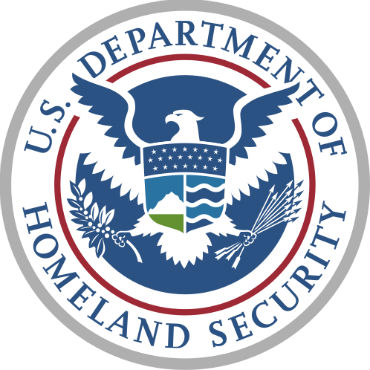CDM enters stage two: Critical applications

DHS has secured funding for a program to tackle the next layer of network vulnerabilities.

The Department of Homeland Security's director of federal network resilience says Critical Application Resilience is the next big priority.
The federal government is transitioning to a phase of continuous diagnostics and mitigation that tackles a layer of vulnerabilities inherent in software code and other add-ons to networks. That was the forward-looking message of an Aug. 20 speech by John Streufert, the Department of Homeland Security's director of federal network resilience.
Congress established CDM as a risk-based approach to cybersecurity, one in which sensors detect weaknesses on federal-agency networks and send alerts to a local dashboard. In practice, persuading risk-averse federal IT managers of the virtues of CDM has been a challenge, according to federal officials.
DHS is trying to usher in a new era of CDM through a program called Critical Application Resilience, which Streufert described at a recent Federal Times event as taking "the controls that are protected in the dot-gov networks and [applying] them to the custom software of civilian government."

John Streufert of DHS
The nascent program is meant to better secure such software, "where some of the most sensitive datasets that we protect on behalf of the American taxpayers reside," Streufert said Aug. 20 at an FCW-hosted conference in Washington, D.C.
The first phase of the CDM program was aimed at the core of dot-gov networks, but CDM can go much further, he said. "Across government, there are many software managers that [layer] a combination of databases, websites and custom software code on top of those networks that require an additional level of testing." That is where Critical Application Resilience will presumably come in. And for Streufert, it cannot come soon enough.
"The opportunity of building this integrated capacity feedback from dashboards and linkages to known intrusions can create numerically, through the risk market … the equivalent of a defensive command and control mechanism for cybersecurity," he said at the FCW event. "As the number of reported incidents in the popular press mount, the urgency of doing this across all the applications of government, of course, is increasing."
Ten or 15 years down the road, or "sooner, if we can arrange it," Streufert said, he hopes to take security features available to internal federal networks and embed them in cloud-computing contracts issued by the government to the private sector.


